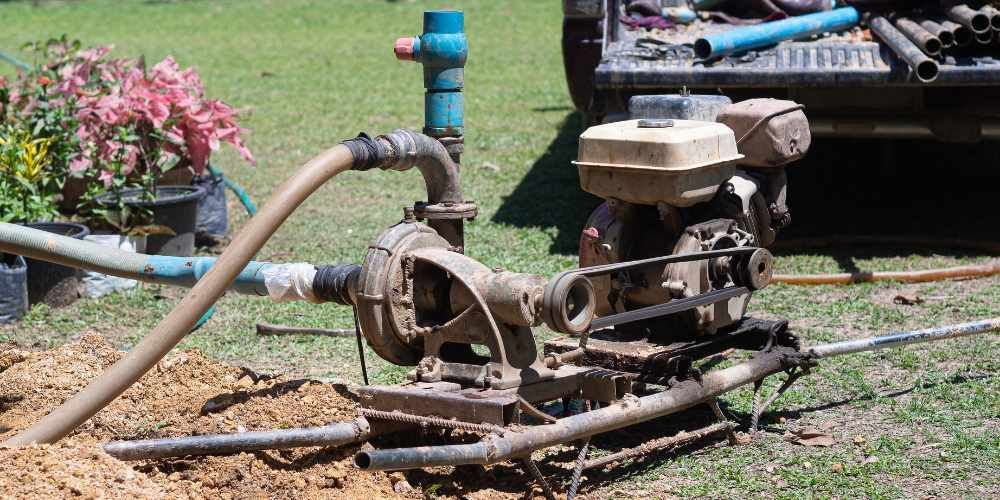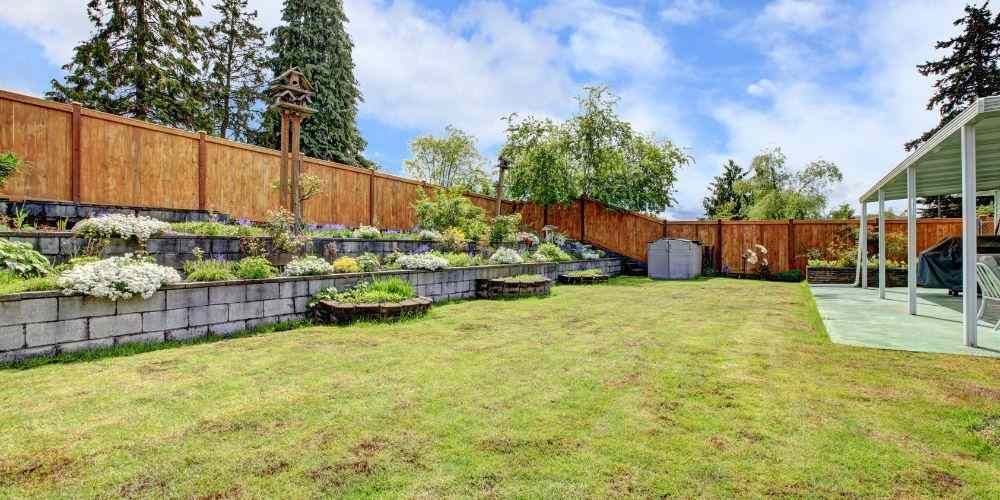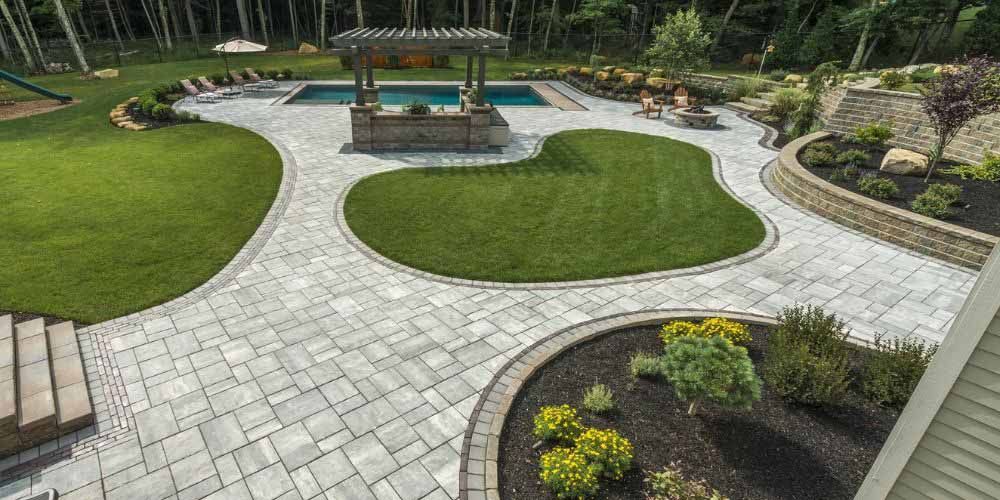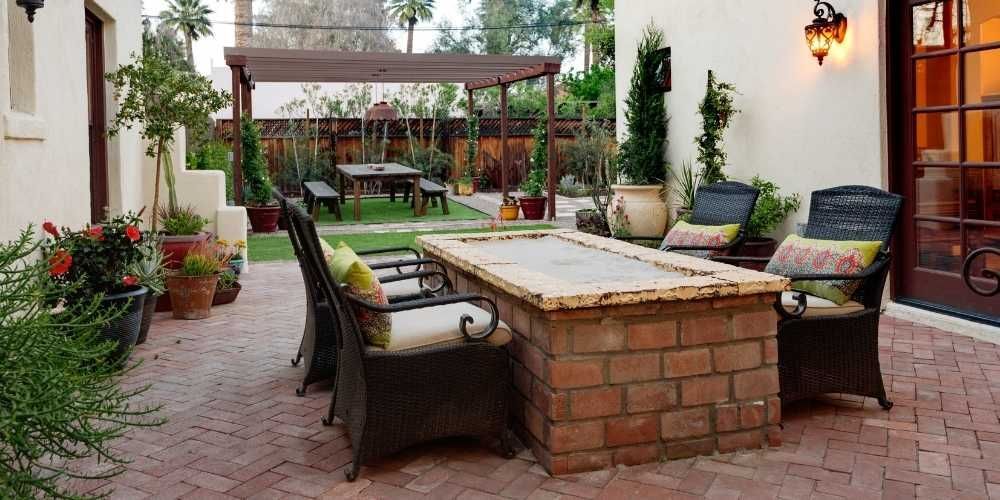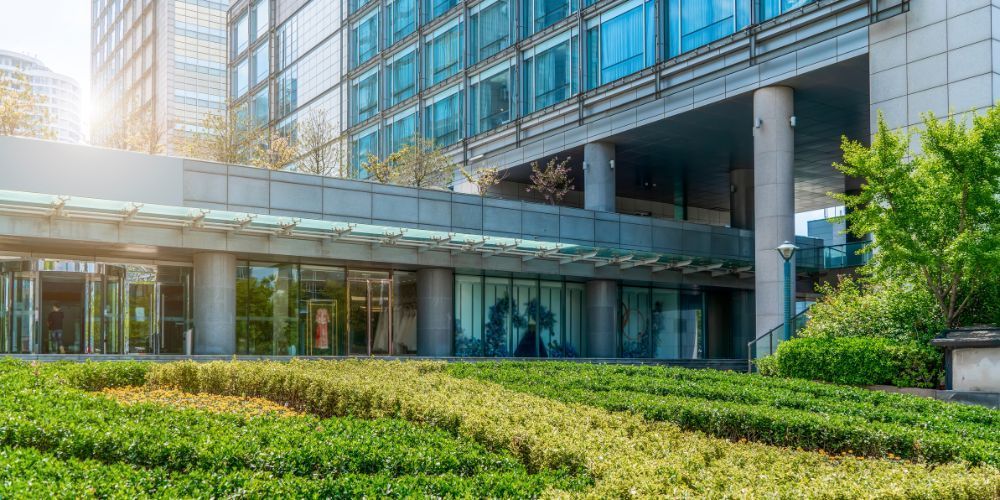Key Considerations for Landscape Design Planning
When it comes to planning backyard landscaping, the most essential step is putting a plan on paper. Developing a master plan not only saves time and money but is also crucial for creating a successful design. A master plan is shaped through the design process, which is a methodical approach that incorporates the natural environment, your personal preferences, and the elements and principles of design.
The ultimate goal of your landscaping plan is to organize both natural and man-made features in your yard to create an aesthetic, functional, and environmentally sustainable outdoor space.
Understand Your Site
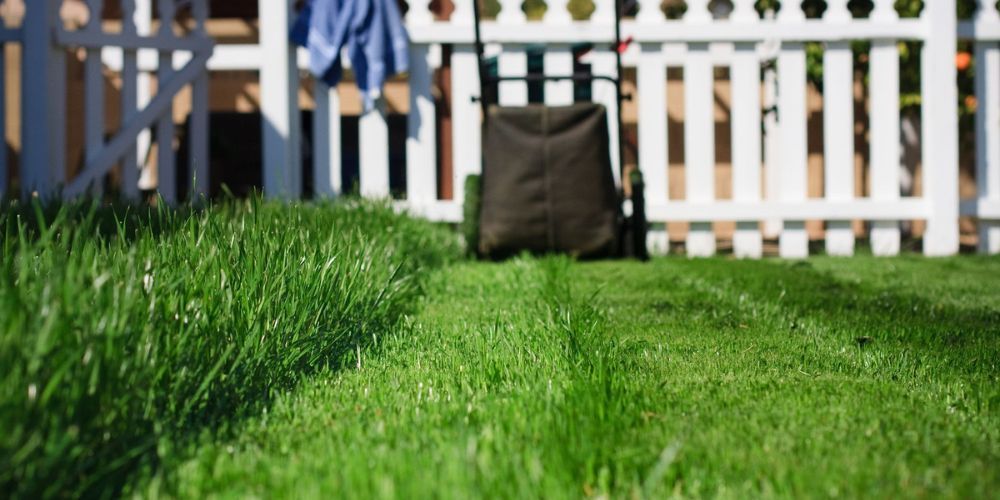
The first step in planning your landscaping is understanding the space available to you. By assessing the size and layout of your yard, you can determine how to best utilize the space for your backyard landscaping. This helps avoid a design that might be overwhelming or insufficient for the area. Identify areas that can be landscaped while leaving space for things like a small garden or a children's play area.
Identify Your Yard's Needs

Next, examine your yard more closely and consider what it requires in terms of landscape design ideas. This includes elements like fences, structures, or outdoor features that can enhance the functionality and aesthetic of your backyard landscaping. Your yard might also need leveling or other preparation before you implement your plans. Once you identify the needs, you can proceed with detailed design planning.
Start with a Realistic Plan
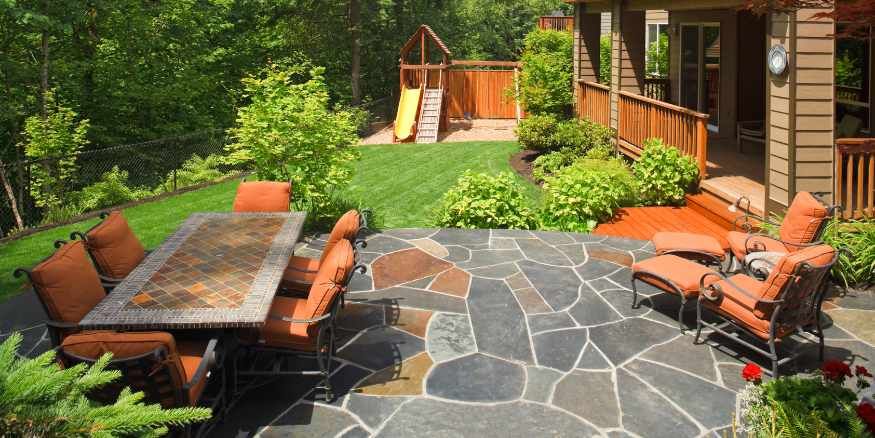
It’s tempting to dive in with ambitious ideas, but when planning backyard landscaping, it’s important to start with a reasonable and manageable plan. Avoid overwhelming the project with excessive complexity or an inflated budget. Starting with simple, practical designs allows you to gradually improve the landscape over time. You can always expand or modify the design as needed.
Maintain Balance in Design Elements

One key principle when planning backyard landscaping is to maintain balance. Ensure that the elements you choose for your design complement each other, creating a harmonious and cohesive look. From the scale and color of plants to decorative features, a balanced approach will prevent any single element from overpowering the rest of the design.
Consistency in Design

As with balance, consistency is vital to the overall success of your landscape design. Establish a theme early on that will guide your choices throughout the entire project. This will help maintain uniformity, creating a professional and polished look that will enhance the appeal of your yard.
Consider Color Schemes and Combinations

Color is one of the most important aspects when planning your landscaping. When developing your backyard landscaping, carefully choose a color scheme that aligns with your overall theme. The right color combinations will enhance the atmosphere of your outdoor space, ensuring that all elements of your landscape complement each other seamlessly.
Measure Out Your Yard
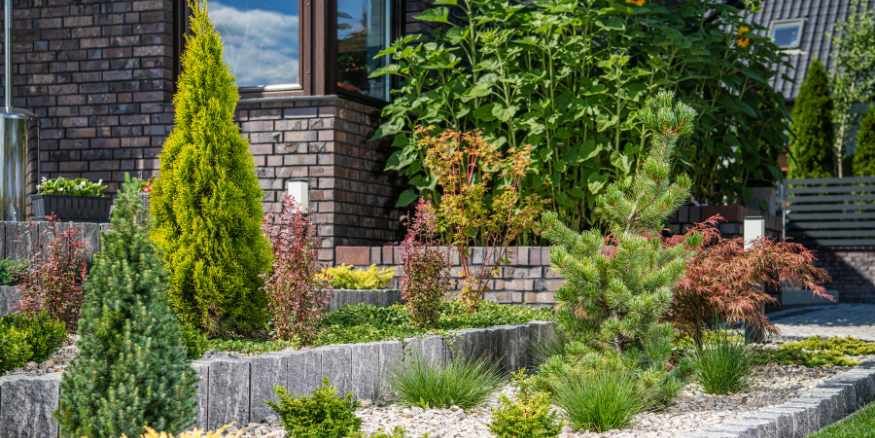
Accurate measurements of your yard are essential when planning backyard landscaping. Knowing the precise dimensions allows you to select the appropriate sizes for garden features, furniture, and other landscaping items like flower boxes or planters.
Be Patient and Open-Minded

Patience is key during the design process. Be open-minded as you explore various ideas and experiment with different design concepts. This will allow you to make thoughtful decisions that contribute to a successful project. By taking the time to plan and visualize your ideas, you are more likely to avoid changes and surprises once the landscaping begins.
Create Detailed Plans
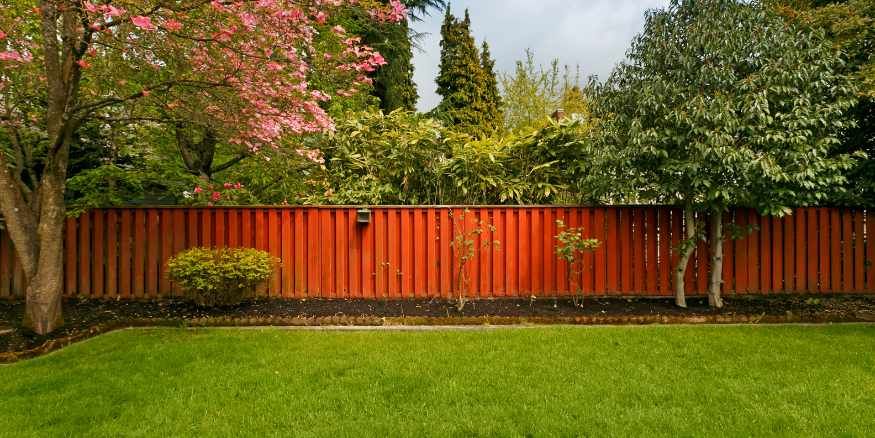
To ensure the smooth implementation of your backyard landscaping, create detailed plans. A thorough plan will help set a realistic budget and outline all the necessary steps. It’s also important to consider whether you need to hire other professionals, such as electricians or plumbers if your landscaping includes electrical work or irrigation systems.
By following these steps, your landscaping design will create an environment that is sustainable, functional, and aesthetically pleasing.
Benefits of Landscape Design
Landscape design offers several benefits, including:
- Increased property value: A well-designed landscape can increase the value of your property.
- Improved curb appeal: A well-designed landscape can make your property more attractive and inviting.
- Enhanced outdoor living: A well-designed landscape can provide you with a comfortable and enjoyable space to relax and entertain.
- Increased environmental benefits: A well-designed landscape can help to reduce air and water pollution, improve energy efficiency, and create habitats for wildlife.
Effective backyard landscaping starts with a clear and well-thought-out plan. By understanding your space, identifying your yard’s needs, and ensuring balance and consistency in your design elements, you can transform your outdoor area into a stunning, functional, and sustainable space.
With careful planning, patience, and attention to detail, your landscaping project will reflect your style while adding value and enjoyment to your home. Ready to bring your dream backyard to life? Contact LandTech Scenery today and let our experts help create the perfect outdoor space for you.
FAQ
1. What are the four elements of landscape design?
The four elements are lines, color, form, and texture, which are essential for creating a visually appealing and timeless landscape.
2. Why is landscape planning important?
Landscape planning supports health and wellbeing, conserves local character, and helps sustain distinctiveness, offering long-term environmental and community benefits.
3. What are the three major principles of landscape design?
Proportion, transition, and unity shape the overall feel, while rhythm, balance, and focalization control a viewer's eye movement.



